Ifafa Lily Random color pack of 5 bulb
₹125.00
Out of stock
Email when stock available
SKU: ifafared
Categories: Summer Bulbs, Winter Bulbs
How to Grow and Develop Ifafa Lily Red from Bulbs in Indian Climatic Conditions
Ifafa Lily Red is a lovely flower plant that grows well in hot climatic conditions. In India, where the climatic conditions are predominantly hot, the plant can be grown extremely well if taken proper care. Just follow these easy but effective steps for good growth and beautiful flowers.
| Number of Bulbs | 5 |
|---|---|
| Sowing month | Feb to Oct |
| Sowing temperature | 25-45C |
| Blooming month | Spring |
| Sun | Full Sun |
Selecting the Proper Bulb
Start by selecting a firm and healthy bulb, free from mold or soft spots. Larger bulbs produce more flowers, so always choose the biggest and healthiest one available.
Ifafa Lily Red Planting the Bulb
Choose a pot with holes for drainage so water will not sit at the bottom. Use a potting mix that drains well and contains garden soil, sand, and compost. Plant the bulb with one-third above ground level. Water lightly after planting to settle.
Providing Sunlight
Keep the plant at a half-shade location where it gets indirect sun. Sun in India directly will scorch the leaves, and therefore half shade is perfect. Morning sun is perfect for strong and healthy growth.
Ifafa Lily Red Adequate Watering
Water the plant when the topsoil is dry. Root rot is caused by overwatering. Cut down watering during the resting phase (after flowering), which gives the bulb a rest period. Always check the soil prior to watering.
Ifafa Lily Red Fertilizing to obtain Colorful Flowers
Apply a balanced liquid plant fertilizer every two weeks when the plant is in growth. Do not over-fertilize because this will yield leaves rather than flowers. Applying the correct amount guarantees larger and more colorful flowers.
Regulating Temperature and Humidity
Ifafa Lily Red thrives in temperatures of 18-30°C. In excessively hot weather, provide shade to the plant. Mists leave occasionally when the air is dry for best humidity.
Ifafa Lily Red Supporting the Stems
The instant the stems of the flowers stand tall, the stems will have to be supported so that they don’t get bent. Support them with a small stick or stake them.
Pruning and Maintenance
Cut flower stalks once flowers have dropped, yet never cut leaves. Leaves allow stored energy to be cycled to support the next flowering. Remove yellowed and/or ruptured leaves to keep your plant clean.
Ifafa Lily Red Encouraging Reblooming
After the flowering time, place the plant in a dormant state. Discontinue watering and allow the leaves to dry out naturally. Store the bulb in a cool, dry area for approximately 8-10 weeks. Repot and rewater to recreate the flowering cycle.
Preventing Pests and Diseases
Take care of the overall pests such as mealybugs and aphids. Remove them by picking them off or use an organic pesticide to spray if they are problematic. Water in a manner that will not cause fungal disease spread.Rain lily crimson sunset good companion of ifafa
Conclusion
Easy Ifafa Lily Red is easy and beautiful to grow in India with minimum care. Give it enough light, water plenty, and feed as required. Do all this, and you will be boasting beautiful red flowers every year also.
| Color | Red |
|---|---|
| Germination Level | Easy |
| Growth Pattern | Leaf without stem |
| Hybrid or Open Pollinated | Op |
| Ideal location | Full sun |
| Origin Country | India |
Be the first to review “Ifafa Lily Random color pack of 5 bulb” Cancel reply
You must be logged in to post a review.
Related products
Rated 4 out of 5
₹99.00
₹199.00
Rated 5 out of 5
₹99.00
Rated 4 out of 5
₹99.00

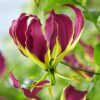


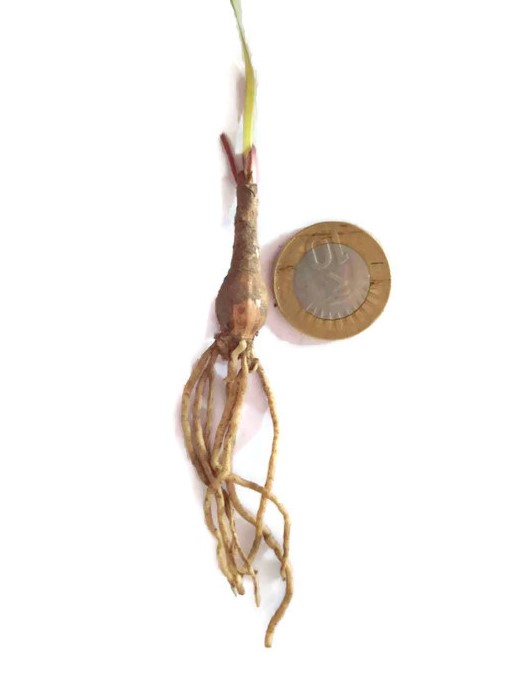
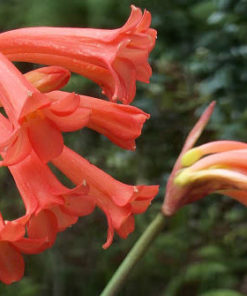

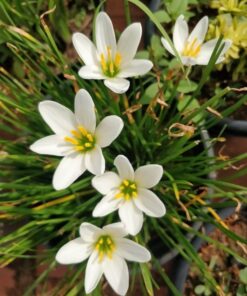

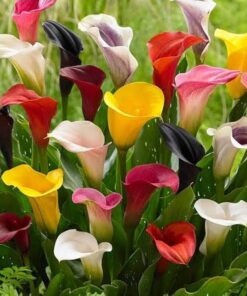
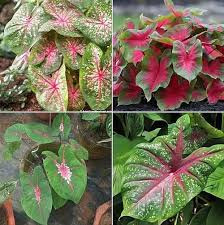
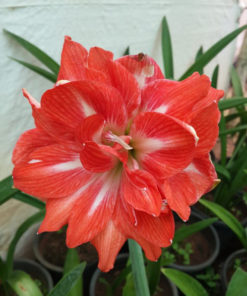
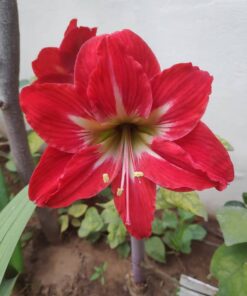
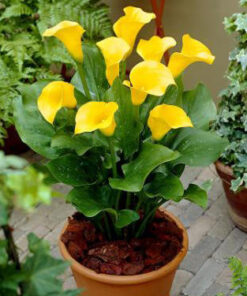
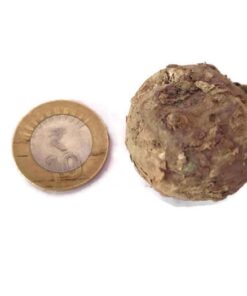
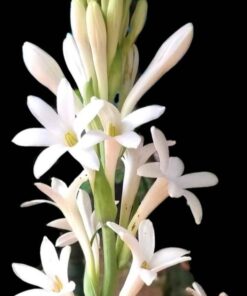
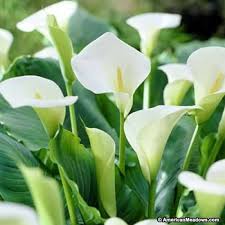
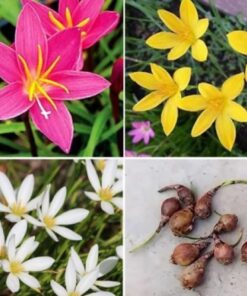
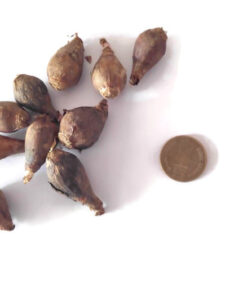
Reviews
There are no reviews yet.